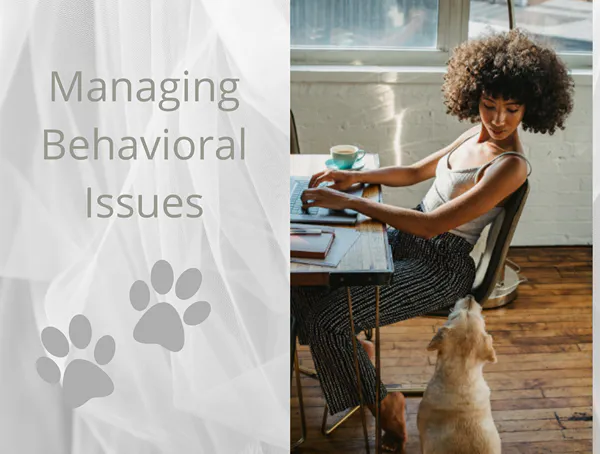Navigating the teenage years of a dog can be a challenging yet rewarding experience for pet owners. Understanding the adolescence period in dogs is crucial to ensure a smooth transition from puppyhood to adulthood.
This blog post aims to shed light on what to expect during this stage, how to handle common behavioral issues, and effective training techniques to make the journey enjoyable for both you and your pet.
What is Dog Adolescence?
Dog adolescence is a developmental stage that typically occurs between six months to two years of age, depending on the breed and size of the dog. Just like human teenagers, adolescent dogs experience significant physical and behavioral changes as they mature into adults. Understanding this period can help pet owners better manage their dog’s behavior and ensure they grow into well-behaved, healthy adults.
Physical Changes During Adolescence
During adolescence, dogs undergo several physical changes, including growth spurts and changes in appearance, such as coat texture and color. This is also the stage where they reach sexual maturity, which can lead to behavioral changes as well. Regular vet check-ups are essential to monitor their development and address any health concerns that may arise.
Teenage Dog Behavioral Changes
 Teenage dogs often exhibit increased independence and may start testing boundaries.
Teenage dogs often exhibit increased independence and may start testing boundaries.
Common behavioral issues include:
- chewing,
- barking, and
- digging.
They may also become more assertive or display signs of anxiety and stress. Understanding and addressing these behaviors promptly can prevent them from becoming long-term problems.
Common Behavioral Issues and Solutions
- Chewing: Adolescent dogs may chew on furniture, shoes, or other items as they explore their environment and relieve teething discomfort. Providing plenty of chew toys and keeping valuable items out of reach can help manage this behavior.
- Barking: Increased barking can be due to boredom, anxiety, or a desire for attention. Identifying the cause and addressing it through training, exercise, and mental stimulation can reduce excessive barking.
- Digging: Dogs may dig out of boredom or to create a cool spot to lie down. Providing designated digging areas and ensuring they get enough physical and mental stimulation can help mitigate this behavior.
Training and Socialization
Continuing training during adolescence is crucial. Consistency and patience are key, as dogs at this age may test boundaries more frequently. Socializing your dog with other dogs and people can help them develop good manners and reduce anxiety in new situations.
Health and Nutrition
Teenage dogs have specific nutritional needs to support their rapid growth and development. High-quality dog food formulated for their age group is essential. Regular vet check-ups can help monitor their health and catch any potential issues early on.
 Managing Behavioral Issues
Managing Behavioral Issues
Identifying the root causes of behavioral problems is the first step in addressing them. Consistent discipline, positive reinforcement techniques, and providing a structured environment can help manage and correct unwanted behaviors. Ensuring your dog has enough physical and mental stimulation through exercise and interactive games is also crucial.
Providing Mental and Physical Stimulation
Engaging your dog in activities like fetch, puzzle toys, and obedience training can keep their mind and body active. Regular exercise, such as daily walks and playtime, is essential to prevent boredom and destructive behaviors.
Understanding Your Dog’s Emotional Needs
Building a strong bond with your adolescent dog involves recognizing signs of stress and anxiety and providing a supportive environment. Spending quality time together, using positive reinforcement, and ensuring they feel safe can help them navigate this challenging period.
Preparing Your Dog for Adulthood
As your dog transitions from adolescence to adulthood, it’s important to adjust their training and care routines accordingly. This includes providing appropriate nutrition, regular exercise, and ongoing dog training to ensure their long-term health and well-being.
Understanding the adolescence period in dogs and how to manage it effectively can make this stage a positive experience for both you and your pet. With patience, consistency, and the right approach, you can help your dog grow into a well-behaved and happy adult.
If you need help with your adolescent dog please contact me.
You can book a Free 15 minute consultation and take it from there.







